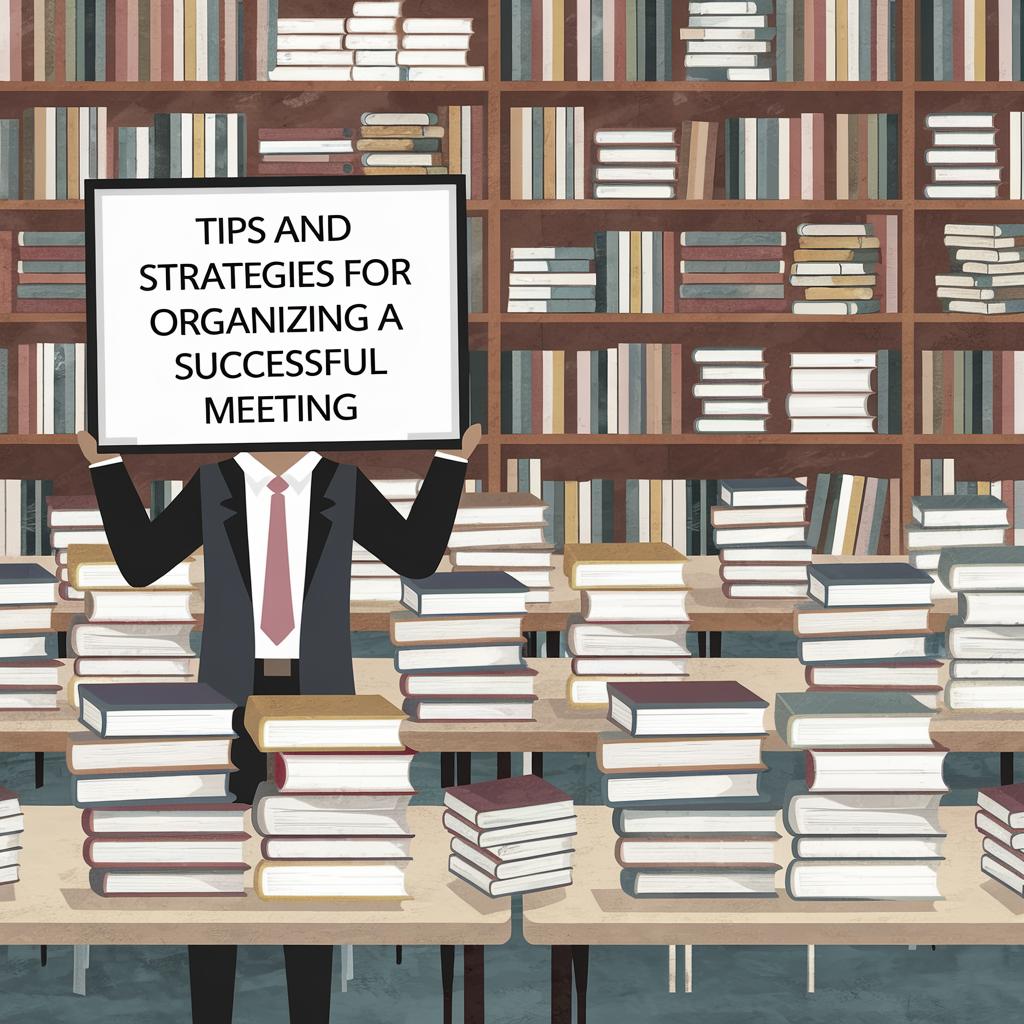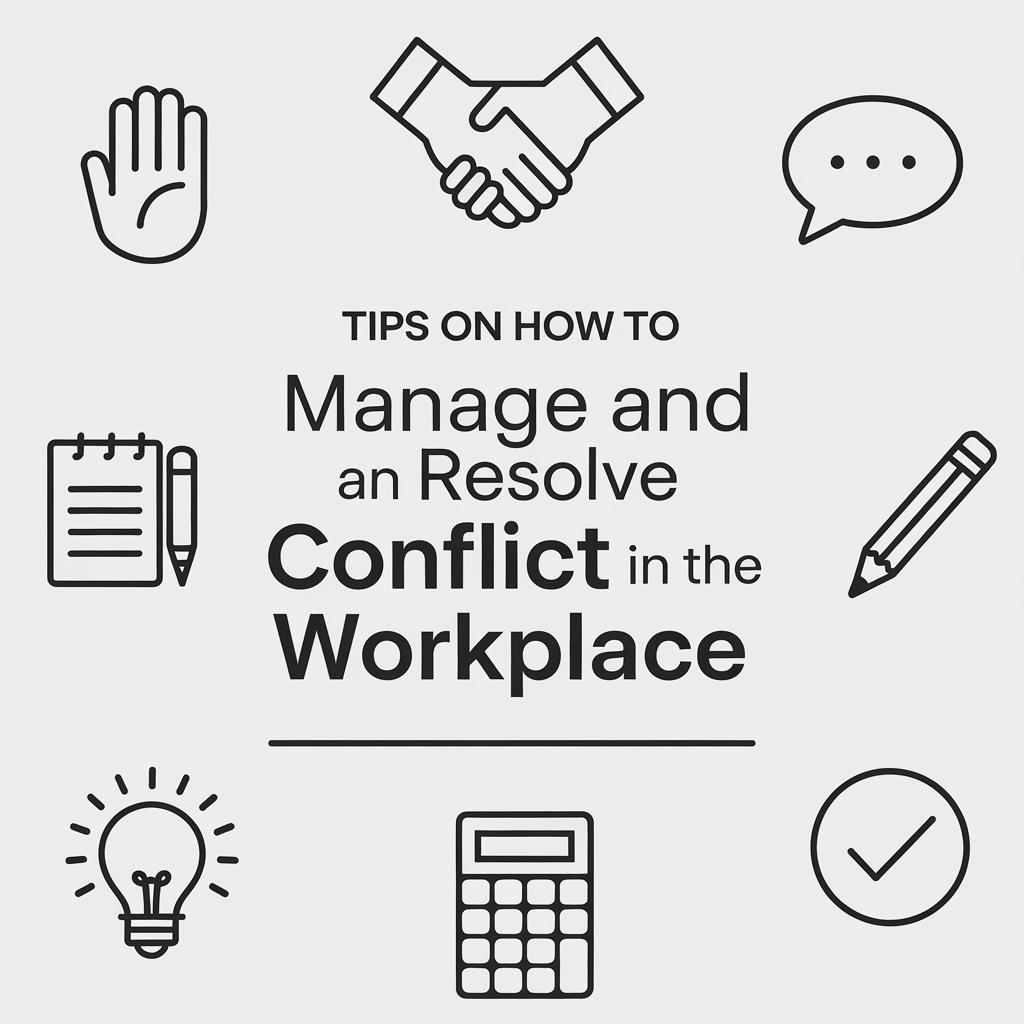Tips and Strategies for Organizing a Successful Meeting: Your Complete Guide
Organizing a successful meeting requires careful planning, a clear agenda, and consideration of the attendees’ time and input. In this guide, we cover essential strategies for navigating change within an organization by having effective meetings. From establishing the meeting’s purpose to maximizing efficiency by agreeing on next steps, each section provides practical advice to ensure your meetings are both productive and engaging. We explore the importance of inviting the right people, using collaborative tools, keeping discussions focused, and documenting decisions. Ultimately, these strategies aim to harness the collective intelligence of the group and drive organizational success.
Top Strategies for Successfully Navigating Change in an Organization
Establish the Meeting’s Purpose
Before diving into the logistics of a meeting, it’s pivotal to define its purpose. Establishing a clear objective not only guides the structure of the meeting but also aligns the expectations of all participants. Whether the goal is to brainstorm new ideas, make strategic decisions, or update the team, the purpose will dictate the agenda and the required participants.
Understanding the meeting’s intent helps in creating a focused agenda that serves the desired outcomes. By knowing the purpose, leaders can craft detailed agendas that keep participants aligned and aware of their roles in achieving the meeting’s goals. Clarity at this stage ensures productive discussions and efficient use of time.
Book an Appropriate Room or Venue
The setting of a meeting can significantly impact its effectiveness. Choosing a venue that is conducive to the meeting’s objectives is crucial. Factors to consider include the room’s size, availability of necessary equipment, and the comfort of the participants. Ensure that the environment is professional yet encourages open communication and collaboration.
Additionally, consider aspects such as location accessibility and the technological requirements for remote participants. By addressing these details, you create an environment where attendees can focus on the meeting without distractions stemming from logistical issues.
Invite the Right Attendees
For a meeting to be successful, having the right people in attendance is key. This means inviting individuals who are stakeholders in the topics being discussed or who can significantly contribute to the proceedings. Avoid overcrowding the meeting with unnecessary participants, which can detract from the focus and lead to inefficiency.
Carefully curating the attendee list ensures that every participant can contribute meaningfully to the objectives. It also encourages active engagement and creates a more dynamic discussion environment, resulting in better outcomes.
Share the Meeting Agenda Ahead of Time
To facilitate a successful meeting, share a detailed agenda with attendees well in advance. This enables participants to come prepared, having reviewed and thought about the topics to be discussed. An agenda acts as a roadmap, keeping discussions on course and ensuring time is spent where it truly matters.
Circulating the agenda early encourages participants to prepare questions and insights, allowing the meeting to touch on all pertinent points without unnecessary digressions. This preparation fosters a proactive atmosphere that drives results.
Empower Everyone to Contribute
For a meeting to be inclusive and productive, it is essential that all attendees feel empowered to contribute. Encourage a culture where everyone’s voice is valued, and actively seek input from quieter participants who might otherwise remain silent.
Facilitating an atmosphere of openness and respect ensures a diversity of opinions and ideas, enriching the conversation and leading to more comprehensive solutions and decisions.
Use Collaborative Tools to Keep Engagement High
Utilizing collaborative tools, such as shared documents and digital whiteboards, can greatly enhance participant engagement during a meeting. These tools enable the visualization of ideas and allow for real-time collaboration, fostering a more interactive experience.
Keeping engagement high through collaborative platforms ensures that participants remain focused and interested, reducing the likelihood of distractions and promoting a productive meeting environment.
Use Frameworks to Get the Ideas Flowing
Applying proven frameworks during meetings, like SWOT analysis or brainstorming techniques, can help stimulate creative and strategic thinking. These frameworks provide structure and encourage exploration of different perspectives, leading to more innovative solutions and ideas.
Using structured frameworks also aids in guiding discussions effectively, ensuring that ideas are thoroughly examined and that valuable insights are captured.
Ask Questions to Facilitate Conversations
Asking the right questions can open up avenues for deep, insightful discussion. Thoughtful questioning invites participants to consider different angles and reflects an interest in diverse viewpoints.
Facilitators should prepare questions that ignite thought and drive the conversation towards achieving the meeting’s objectives. This approach not only encourages participation but also leads to more effective problem-solving and decision-making.
Keep Conversations on Track to Avoid Wasting Time
Meetings can quickly become unproductive if discussions stray off-topic. It’s essential that a facilitator keeps conversations aligned with the agenda, gently steering them back on track when necessary.
A focused approach ensures that the meeting remains productive, achieves its set goals, and respects the time of all attendees, contributing to more efficient meetings.
Discourage Disruption and Negative Interactions
To maintain a respectful and constructive meeting environment, it is important to discourage disruptive behaviors and negative interactions. Clear guidelines should be established at the beginning for communication and participation.
Address any disruptions promptly, ensuring that the meeting remains a positive and productive space for all participants. This will foster a culture of respect and collaboration that benefits all involved.
Take Collaborative Notes to Keep Track of Decisions
Documenting discussions and decisions in real-time through collaborative note-taking is essential for capturing the outcomes of a meeting. Shared notes ensure everyone has access to the same information, facilitating transparency and accountability.
These notes not only serve as a reference for post-meeting actions but also ensure that all participants are aligned on what was agreed upon, aiding in the successful implementation of decisions.
Maximize Efficiency by Agreeing on Next Steps in the Meeting
Concluding a meeting with a clear understanding of the next steps is crucial for maintaining momentum. Allocate time at the end of the meeting to outline specific actions, assign responsibilities, and set deadlines.
This forward-looking approach ensures that meetings don’t just end in discussions but rather pave the way for action and progress, maximizing the meeting’s impact.
Make it Easy to Look Back on Ideas From Your Meetings Online
Digital documentation of meetings facilitates easy access to past ideas and decisions, enabling continued progress. Storing meeting notes and outcomes in a shared online space ensures all team members can review them at any time.
This transparency and accessibility promote accountability and encourage follow-up on agreed actions, reinforcing the ongoing benefit of the meeting outcomes.
Lessons Learned
| Strategy | Key Points |
|---|---|
| Establish Purpose | Define objectives, guide structure, align expectations. |
| Book Venue | Select based on size, equipment, comfort, and location. |
| Invite Right Attendees | Include stakeholders, avoid unnecessary participants. |
| Share Agenda | Prepare participants, guide discussions, improve focus. |
| Empower Contribution | Cultivate inclusivity, encourage diverse input. |
| Use Collaborative Tools | Enhance engagement, encourage interactive participation. |
| Use Frameworks | Stimulate thinking, structure discussions, capture insights. |
| Ask Questions | Facilitate dialogue, encourage exploration of ideas. |
| Keep Conversations on Track | Align with agenda, respect participants’ time. |
| Discourage Disruptions | Maintain respect, address issues promptly. |
| Collaborative Notes | Ensure transparency, aid in follow-up. |
| Maximize Efficiency | Conclude with action points, assign tasks. |
| Access Ideas Online | Enhance accountability, facilitate future reference. |


